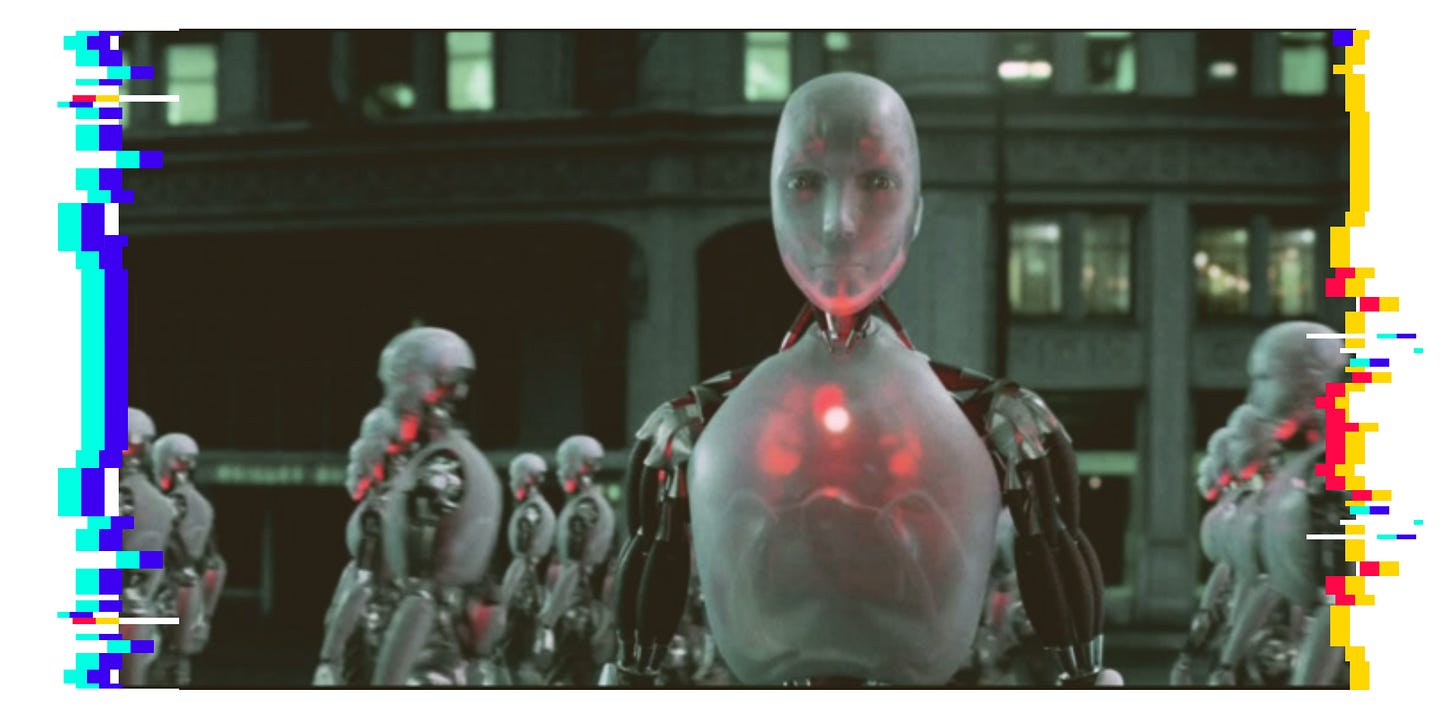The Robots Coming for Hollywood Labor
With android arms and humanoids able to complete precise tasks, physical production could be replaced long before writers and directors

Erik Barmack writes every other Tuesday for paid subscribers. He recently analyzed AI storyboarding tools in pitching scripts, whether Hollywood should take AI money, and produced a three-part series that covered how AI tools are threatening exec and dev jobs; encroaching on casting, pre-production budgeting and script coverage; and can tell you if a Netflix exec will like your pitch.
Elon Musk recently brought a terrifying new world to Hollywood, and I’m not talking about his recent government exploits. Last month on the Warner Bros. lot, the heart of traditional filmmaking, Musk unveiled the latest versions of his Optimus Robot, an AI-enabled device that was pouring beer, interacting with guests and being remarkably . . . human.
One guest asked the Tesla bot, “What is the hardest thing about being a robot?” and the bot responded: “Trying to learn how to be as human as you guys are.” Yikes. What sounded like a throwaway line from Sleeper made a big impression. People on social media were intrigued — and terrified — with one user aptly commenting: “This is how the movie starts.”
Which movie? No clue. But I’m guessing it was dystopic and don’t think it ends with the robots satisfying Hollywood in a kind of peaceful equilibrium.
Like some of Musk’s promises, the Optimus robot was too good to be true. It was later revealed that these robots were controlled by humans from afar, Wizard of Oz style. But watching the footage from that event — along with a lot of other videos of humanoid bots in action, some of which I’ll share below — I can’t help but imagine that one day, those robots will be on sets operating cameras and running craft services. Hollywood crew members better hope Optimus is still teleoperated and not AI: At least then they’ll still have jobs, albeit in a call center directing their replacements.
Listen to any Silicon Valley tech bros, and they’re as excited about robotics and AI converging as they are about the proposed “billionaire’s brawl” cage match proposed between Zuck and Musk. Robotics startups have pulled in more than $4.2 billion in funding this year alone to realize this vision of workplace humanoids. As with AI itself, the technology that would support AI-enabled robots is advancing rapidly.
In the two years of the generative AI era, Hollywood’s focus has been on AI coming for intellectual work, from screenwriting to editors to VFX artists. While those concerns have some merit, no one has fully considered whether robots could replace the blue-collar workers of Hollywood, too. We’d still have movies made the “traditional” way but on sets built and run mostly by bots.
Is your mind blown yet? Well, just wait. In this issue, you’ll learn:
Which owner of a Hollywood studio and streamer has invested heavily in humanoid robots
The impact these robots will have on IATSE members and crews
The dilemma these new tools will present to directors and writers
How robots have already been used in Hollywood for years
Why AI-enabled robots represent a significant advancement
What this all means for the future of Hollywood sets and the cost of production
The laws of robot morality that should guide our ethical conversations around the use of these robots



